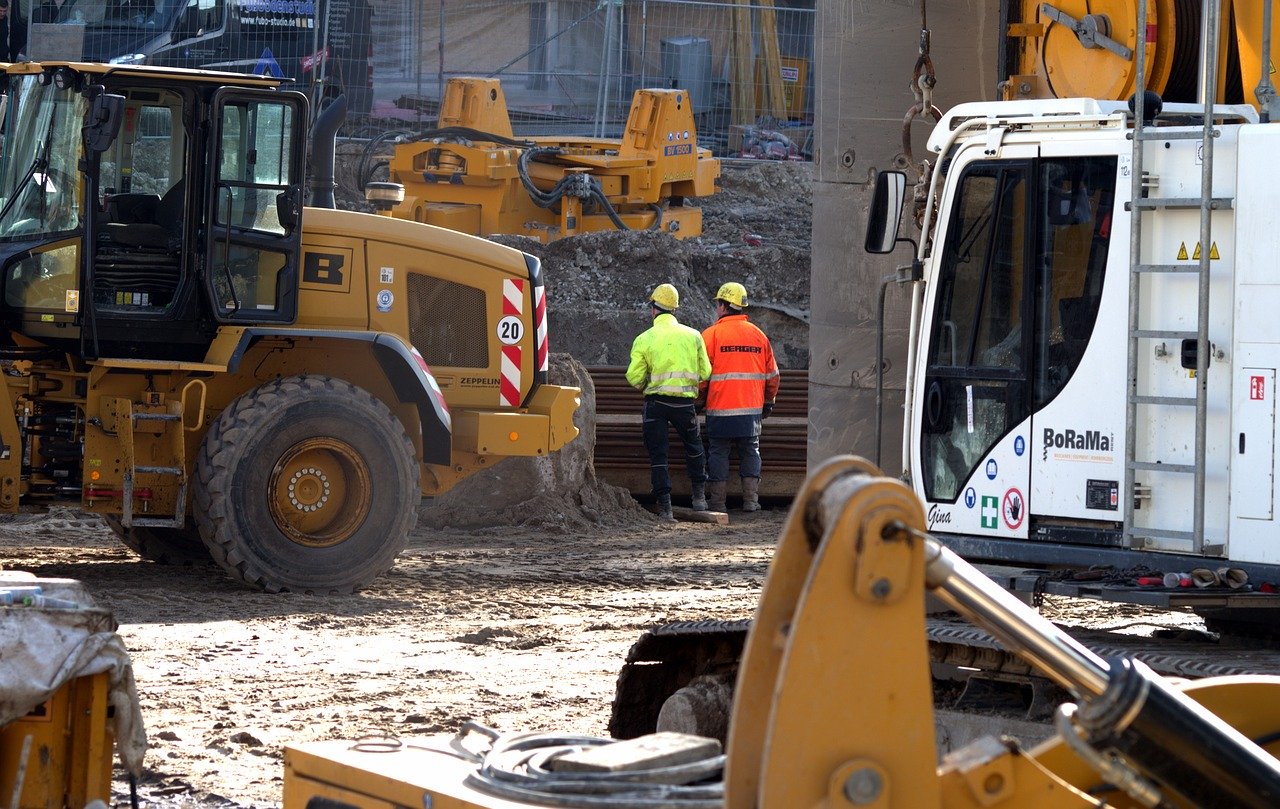Have you ever dipped into your own savings or passed up paying yourself to cover payroll?
If you answered yes, you’re certainly not alone. Unfortunately, in the construction industry, cash flow is a common pain point. One in 5 construction companies notes that cash flow problems are a frequent issue, according to a 2019 survey by TSheets and Levelset. Overall, 61% have experienced cash flow issues at some point.
Luckily, construction companies can make adjustments. Below are several solutions that can improve your company’s cash flow. But first, let’s explore why construction companies so commonly experience these issues.
Understanding the cash flow problem
To fully explore the solutions available, it’s essential to understand the processes that can create cash flow roadblocks. When a client doesn’t pay a construction company on time, it can create a domino effect for everyone involved, even other contracting companies.
Generally speaking, the construction payment structure consists of the general contractor (GC) on the project, followed by subcontractors and sub-subcontractors. The GC reports to the property manager or developer who is supervising and paying for the project.
Read also: LetsBuild in DCW 2019 – Digital transformation under the spotlight
Cash flow problems can occur at any level in the construction pipeline. But those in charge of the project (GC or developers) often have to worry about getting paid first, before paying their subcontractors. Many are also concerned about double payments. Credit can also get involved, with one level crediting equipment or money to the other, to complete the project.
Legal protections can come into play when making or waiting on payments. Many contracts and legal protections related to “prompt payment” only take effect once the paying party has been paid themselves, explains Levelset. If a GC hasn’t been paid by the developer in charge of the project, then paying everyone else goes on hold.
Additionally, a lack of visibility along the cash flow pipeline creates another layer of difficulty, Levelset states. Subcontractors may be reaching out to GCs requesting payment. But without transparency on cash flow issues for the GC, then it may seem like the GC is merely ignoring the bill.
Overall, these issues can create a messy and confusing back-and-forth between each level of the project. In turn, construction companies have to turn to alternative solutions to solve their cash flow issues. With this in mind, let’s explore what construction companies can do to speed up the payment process.
Solution #1: Be picky with your clients
If you’re a seasoned construction business, chances are you’ve worked with a variety of clients over the years. This experience can help you make informed decisions about future clients. If a client had issues paying you in the past, you can choose to avoid working with them again. Opt instead to only work with reliable clients.
However, some companies may not have the privilege to be picky. In that case, you can still use past experience to inform how you create contracts with these clients in the future. For example, you can ask for partial payments upfront or draft a stricter payment agreement that charges interest on late payments.
Solution #2: Try flexible payments
Flexible payments are another option that construction companies can turn to but often don’t. 44% of cash flow survey respondents say they never offer flexible payment terms for overdue payments.
Flexible payment plans allow clients more time to pay their bills. Instead of a traditional 30-day invoice, they can spread out their payments in installments or wait to pay until they’ve been paid themselves. Installment payments allow clients to pay off the bill in increments. Either way, the option might improve your chances of being paid, even if it takes a little longer. Although many construction companies may prefer a full payment, some money is better than none.
Solution #3: Charge interest on late payments
Half of the respondents in the construction cash flow survey said they never charge interest on late payments. Although unpopular, writing an interest clause into your construction contract may help put pressure on clients to pay on time. As an alternative, you can offer discounts for early payments.
If you choose this option, keep in mind that some states may have laws on how much interest can be charged on late invoices. Additionally, interest typically is only collected on the number of days that are past due. For example, a net30 invoice (one that must be paid within 30 days upon receipt) that is overdue by 15 days can only have interest accrued on the 15 late days.
Solution #4: File a lien or sell the debt
If you’re still struggling to get payments from your clients, then you may have final options: filing a lien or selling the debt.
Getting the courts involved by filing a lien may not be an option for every business. Getting tied up in a legal battle can be stressful in its own right. However, when clients refuse to pay and the business is struggling, filing a lien may be your best option for a resolution.
Find here: Infrastructure project management in construction – The path to success
Explore your options before turning to a lien. The process can be arduous. And some GCs may have protections in place to avoid lien filings. Again, this is where a lack of visibility along the cash flow pipeline can cause additional issues.
The other option is to sell the debt to collectors. In these instances, you may not get the full amount of the bill when you sell the debt. Debt buyers typically purchase debt at a rate of 4 cents to every $1, according to Investopedia. This solution is one you might want to reserve as a last resort. But once the debt is sold, you don’t have to worry about it. Although you won’t get the full amount paid, getting some money is still better than getting no money at all.
Construction financial management starts from the top
Cash flow and a lack of payments is a significant problem for construction companies. On top of that, industry professionals face the ongoing labor shortage that’s driving high overtime rates, economic uncertainties, and rising material costs. Luckily, there are solutions available to help companies get the money they deserve.
However, it’s also important to acknowledge the structural issues at play in the construction cash flow process. Subcontractors and sub-subcontractors are unable to see why their payments may be late because of a lack of visibility along the pipeline. Increased visibility on the part of the property owner, developer, and GC may help alleviate these issues.
GCs may also want to try is to provide lien waivers upfront, before subcontractors ask for payments. That way, GCs can track payments better and streamline the invoicing process. In turn, subcontractors and sub-subcontractors will appreciate the visibility and proactiveness of the project’s GC. The contractors may even be more willing to work with those GCs on future projects.
Cash flow problems affect many construction companies. But that doesn’t have to be the norm for the industry. At the end of the day, cash flow issues affect business growth, payroll, pricing decisions, and so much more.
Advocating for your company by finding payment solutions may be the first step in making the industry better for everyone.
About the author: Prior to joining the TSheets by QuickBooks marketing team, Katie McBeth spent her time writing for various blogs across the web, including Quiet Revolution, Fortune Magazine, and many more. Her degree in anthropology helped her establish a strong foundation for researching and empathizing with the many fascinating people she interacts with. When she’s not writing, she’s hanging out with her small private zoo of three cats, two dogs, and dozens of plants.




